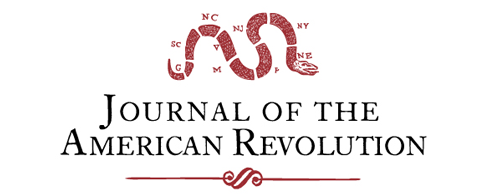Top 10 Articles of January 2015
Sound the alarm! Journal of the American caught fire in January with a record-setting 495,000 views by 327,000 users! The surge in traffic was primarily caused by three major events: 1) Our “Ages of Revolution” article going viral; 2) Inquiring minds wanting to discover the truth behind History Channel’s Sons of Liberty series; and 3) […]
